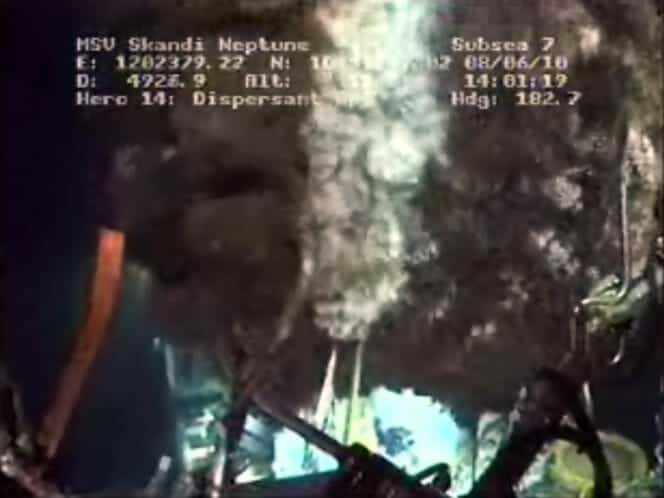A first-of-its-kind scientific study has determined that the dispersant BP sprayed at the oil gushing from the Deepwater Horizon rig in 2010 harmed human health. The symptoms — coughing, wheezing, skin irritations and burning eyes — tended to last only a little while for most of the people who were cleaning up the spill, said Dr. Dale Sandler, who’s leading the study for the National Institutes of Health.
But not for all of them, she said. Some people in the study were still experiencing those symptoms, she said. And some did not develop those symptoms until well after the disaster had ended, she said.
"We need to do a lot more research on this" to determine if there are long-term health effects, Sandler said in an interview Friday. The NIH study is the first to look at human health impacts of using dispersants to break up oil spills, a common oil industry approach to dealing with such disasters.
With Deepwater Horizon, BP sprayed nearly 2 million gallons of a dispersant called Corexit, both on top of the water and down near the floor of the Gulf of Mexico. About 600 of the thousands of people hired to help clean […]
Full article: Federal study says humans harmed by dispersant used during Deepwater Horizon


